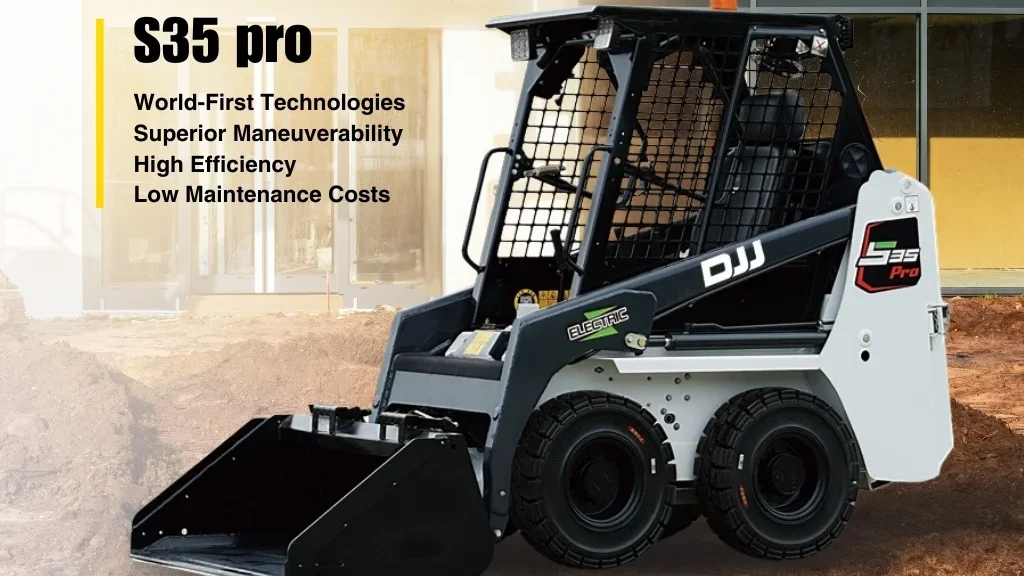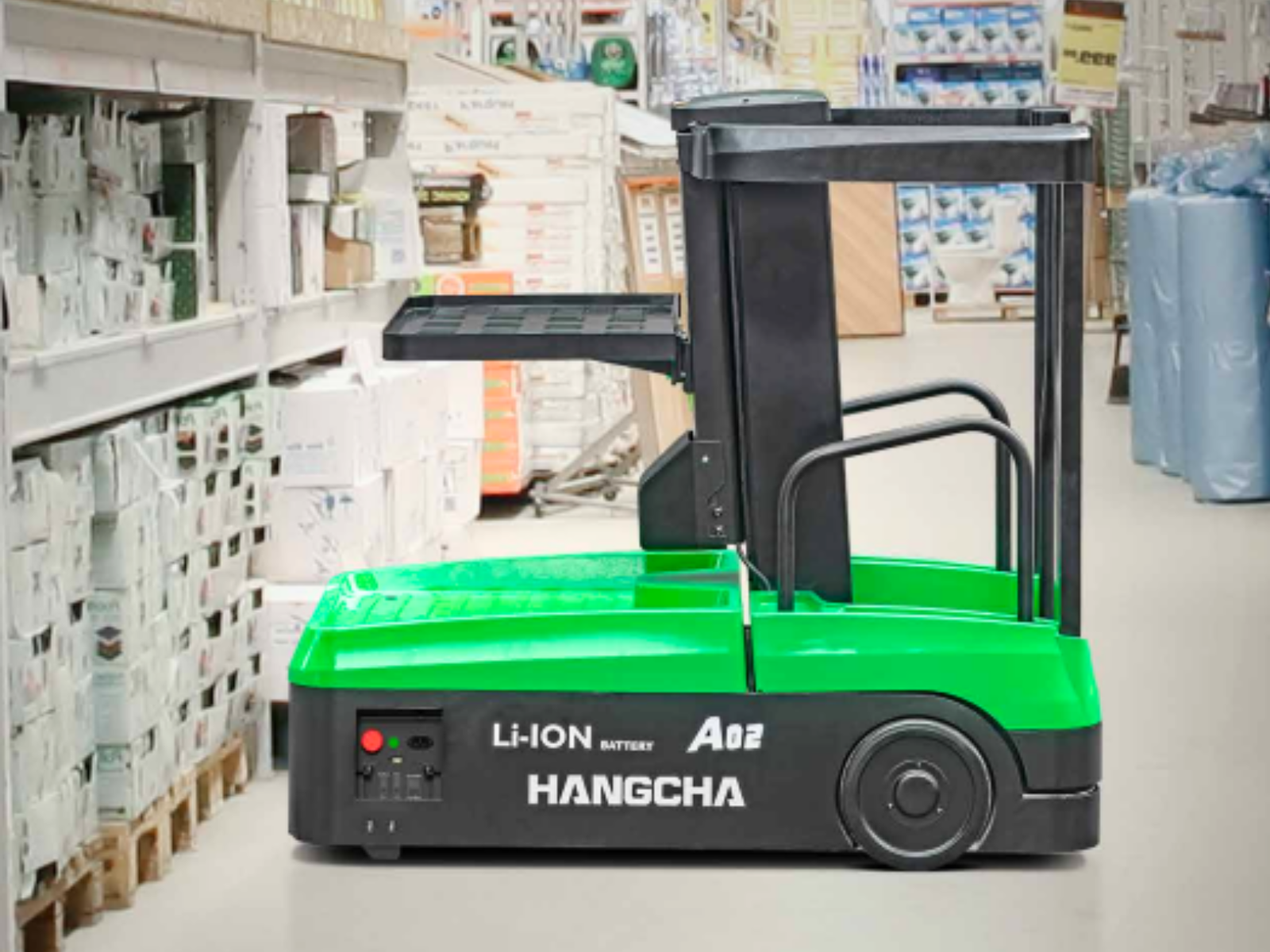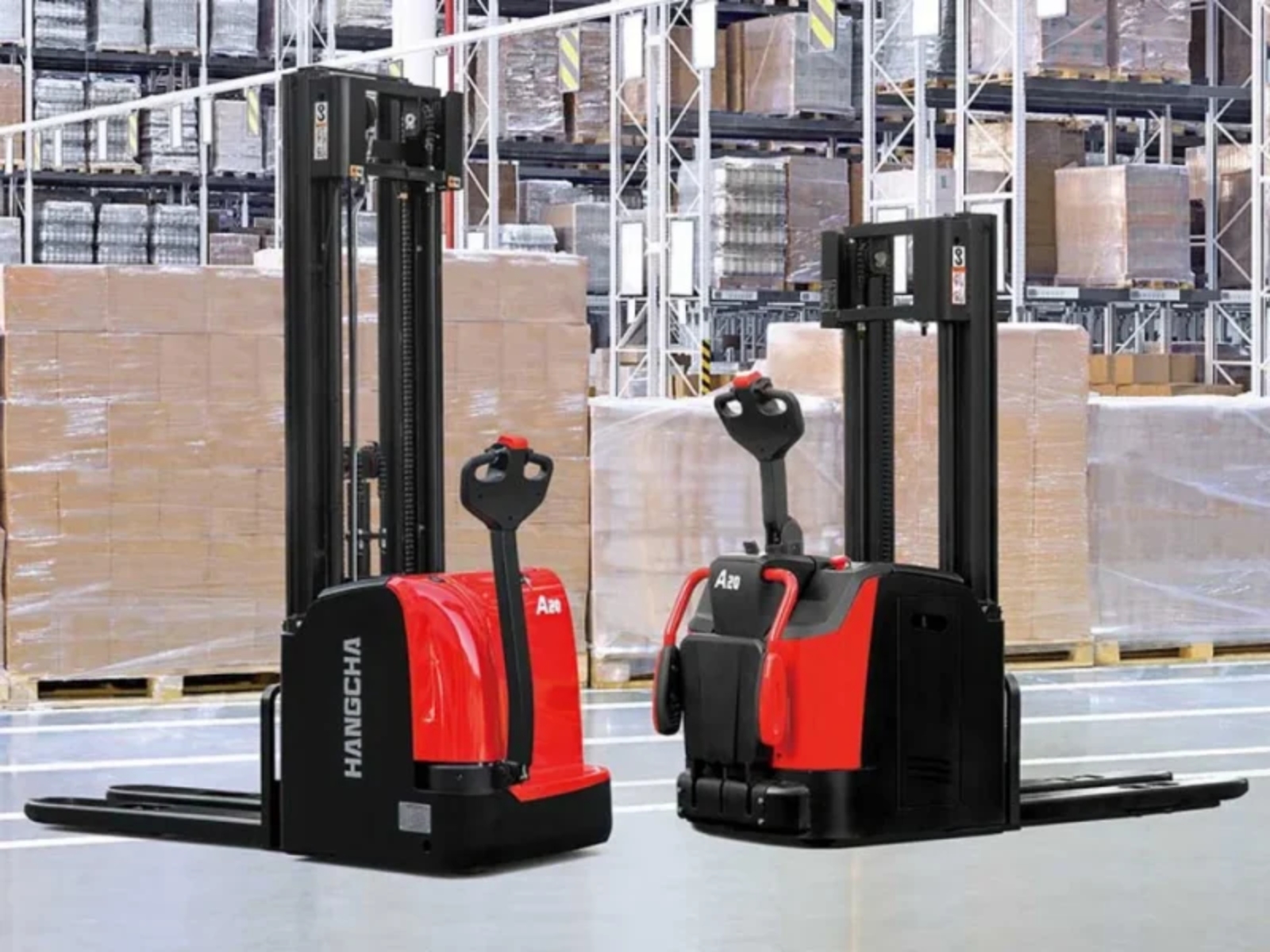Maintaining wheel loaders is not just about ensuring that these heavy-duty machines are ready for day-to-day tasks; it’s about securing the operational efficiency and extending the longevity of your investment. Whether you’re looking into a wheel loader for sale or already own one, understanding how to properly maintain it can significantly impact its performance and lifespan.
This blog is dedicated to shedding light on six actionable and essential tips for effective wheel loader maintenance. Our goal is to empower owners and operators with the knowledge to keep their machinery in peak condition, minimizing downtime and maximizing productivity. Through these tips, we aim to enhance your wheel loader’s reliability, ensuring it remains a valuable asset in your fleet.
1. Wheel Loader Maintenance:Regular Inspection and Cleaning
Importance of Routine Checks
Daily inspections play a pivotal role in the maintenance of wheel loaders, acting as the first line of defense against potential operational issues. By conducting thorough checks before and after use, operators can identify and address minor issues before they escalate into major problems. This proactive approach not only ensures the wheel loader operates at peak efficiency but also significantly extends its service life. Regular inspections help in early detection of wear and tear, hydraulic fluid leaks

2. Wheel Loader Maintenance:Lubrication is Key
Cleaning Practices
Most manufacturers provide a detailed diagram in the operator’s manual, pinpointing every lubrication point. Regular lubrication of these components can significantly reduce friction, preventing premature wear and extending the lifespan of the machine.
- The importance of keeping a wheel loader clean
- ranscends aesthetic appeal.
- Dirt, debris, and material buildup can be more
- than just unsightly; they can lead to significant damage if left unchecked. For instance,
Choosing the Right Lubricants
Selecting the correct lubricant is just as important as the act of lubrication itself. Different components may require different types of lubricants, and using the wrong type can be detrimental to the wheel loader’s performance and durability. Manufacturers usually specify the recommended lubricants for each part of the wheel loader, considering the operating conditions and environmental factors.






.webp)